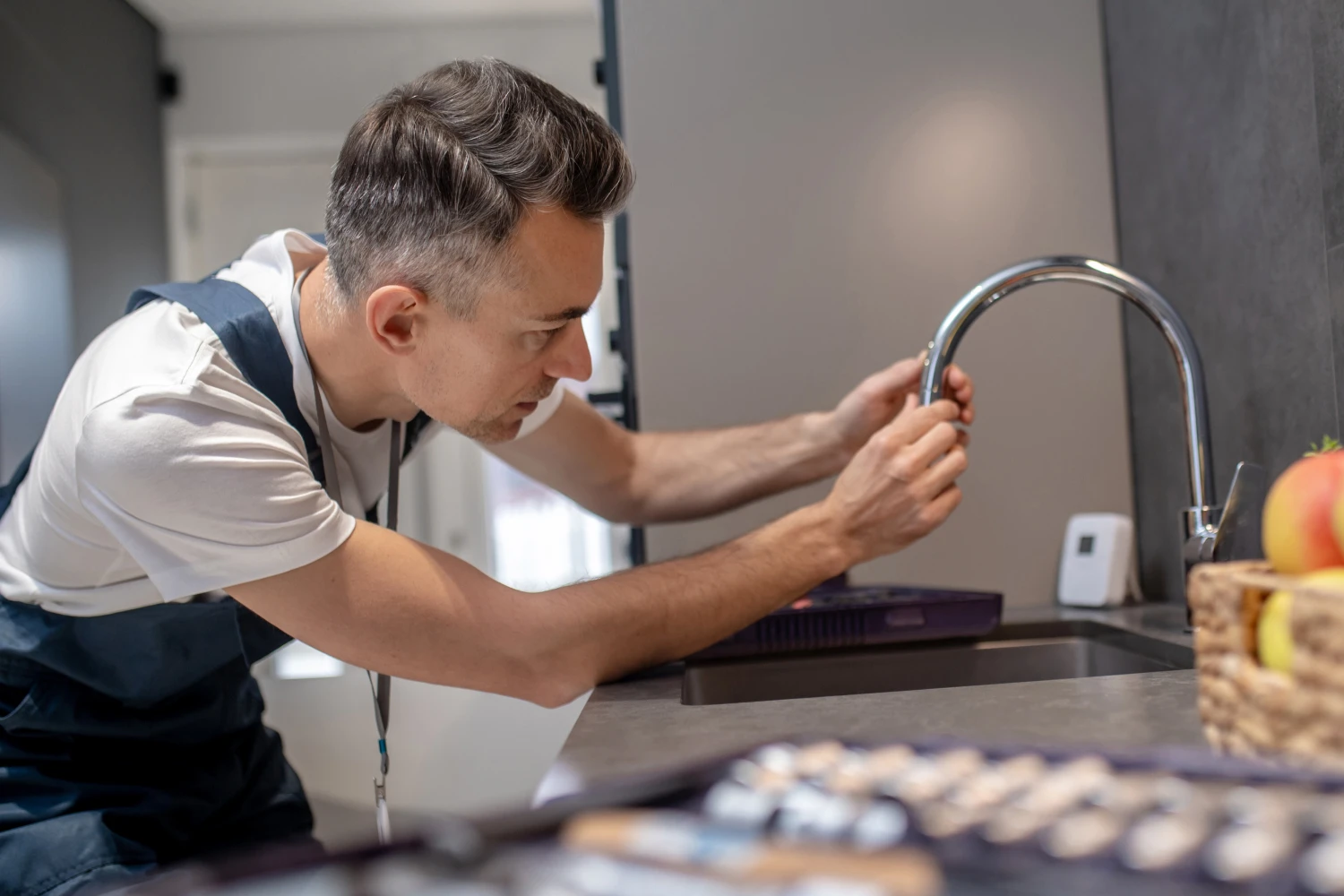The Good, The Bad, and The Leaky: Plumbing DIY Tips to Save You Time and Money

Well fear not, for we have leveraged decades of experience to put together this guide to plumbing DIY tips. As you’ll see, there are some quick fixes and lifestyle changes you can easily handle yourself. We’ll go through those, but also briefly highlight tasks where, frankly, it’s better to let the pros take over before your DIY ambitions become DIY disasters.
Let’s dive in!

Plumbing DIY Tips You Can Handle (No Plumber Required!)
Don’t Pour Grease Down the Drain
Use a Strainer in Your Sink
Water leaks can lead to significant water waste. According to the U.S. Environmental Protection Agency (EPA), the average household's leaks waste more than 10,000 gallons of water annually. Regularly checking and repairing leaks in faucets, pipes, and toilets can save both water and money, making your home more eco-friendly.
Fixing a Running Toilet
Unclogging a Drain (With the Right Plunger)
- Cup Plunger (Sink Plunger): This is the classic red rubber plunger most people think of. It works best on flat surfaces like sinks and tubs where the cup can create a proper vacuum seal.
- Flange Plunger (Toilet Plunger): This one has a fold-out rubber flap that fits snugly into the curved toilet drain, creating the necessary suction to dislodge clogs. Pro tip: Don’t use the same plunger for your toilet and sink. Just... don’t.
- Accordion Plunger: Made of hard plastic, this one creates a lot of force and is designed specifically for toilets. It’s not as easy to use as the others and can scratch your toilet, so use it with caution.
Pro tip: Always ensure the plunger is submerged in water to create the best suction seal.

Schedule Regular Plumbing Maintenance
Just like any other part of your home, your plumbing system needs regular checkups. Scheduling routine inspections with a professional can help catch small issues before they become major problems. Things like checking for leaks, inspecting water heaters, and ensuring backflow prevention devices are working properly can save you time and money in the long run. Ros Plumbing offers comprehensive maintenance services, keeping your home’s system running smoothly year-round.
Emptying the Traps
Replace Showerheads and Faucet Aerators
Know How to Turn Off Your Water Supply
It’s crucial to know where your main water shutoff valve is located in case of a plumbing emergency. Whether it’s under the sink, in the basement, or outside, knowing how to quickly turn off the water can prevent major flooding and damage. Imagine the panic of scrambling to find it while water gushes out—knowing where it is can save the day!

Leave These to the Pros (Seriously, Don’t DIY This)
Major Pipe Leaks
If you see water pouring out where it shouldn’t be, drop the wrench. This is NOT a job for a quick DIY fix. Call a good plumber, fast. Professionals are great in a crisis and know exactly how to do a thorough and insurance-friendly job, that resolves plumbing issues in the long run.
Installing Plumbing Appliances
Installing that shiny new dishwasher or water heater might seem straightforward, but it often involves complex connections (and sometimes electricity!). You definitely don’t want to wing this one—let the pros at Ros Plumbing handle your new installations.
Gas Line Issues
Frozen Pipes
Sewer Line Clogs
Blocked drains can be frustrating, but if the issue is deeper down in the sewer line, DIY methods won’t cut it. These clogs require special equipment and expertise to avoid flooding and further damage.
Backflow Issues
Backflow can lead to serious contamination of your drinking water, which is why it’s best left to the professionals. Ros Plumbing offers certified backflow testing and repair services.

Why DIY Isn’t Always Cheaper
Here’s the thing about DIY plumbing: What might seem like a money-saving move can quickly turn into an expensive plumbing mistake. When things go wrong (and they often do), you’re not just paying for the fix—you’re paying for the extra damage caused by the DIY attempt. Plus, certain DIY disasters can void your insurance.
The Ros Plumbing Makes All the Difference
At Ros Plumbing, we’ve been saving San Francisco homes from DIY plumbing fails for decades. Our team has seen it all—from the grease-clogged drains to the botched appliance installs. We love a good challenge, but we also love preventing one. Whether it’s installing new appliances or conducting backflow testing, we’ve got you covered.
Before you dive into your next home repair, consider these plumbing DIY tips—and remember, when things get tricky, we’re only a call away!
Whether you're installing, repairing, or servicing your radiant floor heating system in San Francisco contact Ros Plumbing today.



